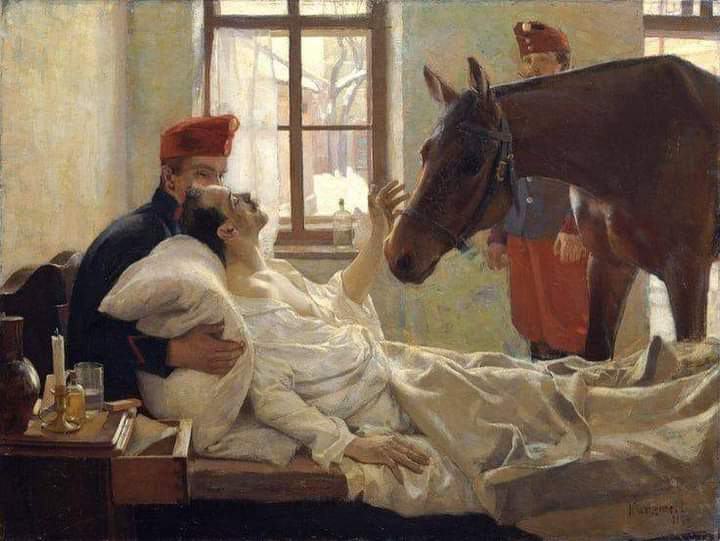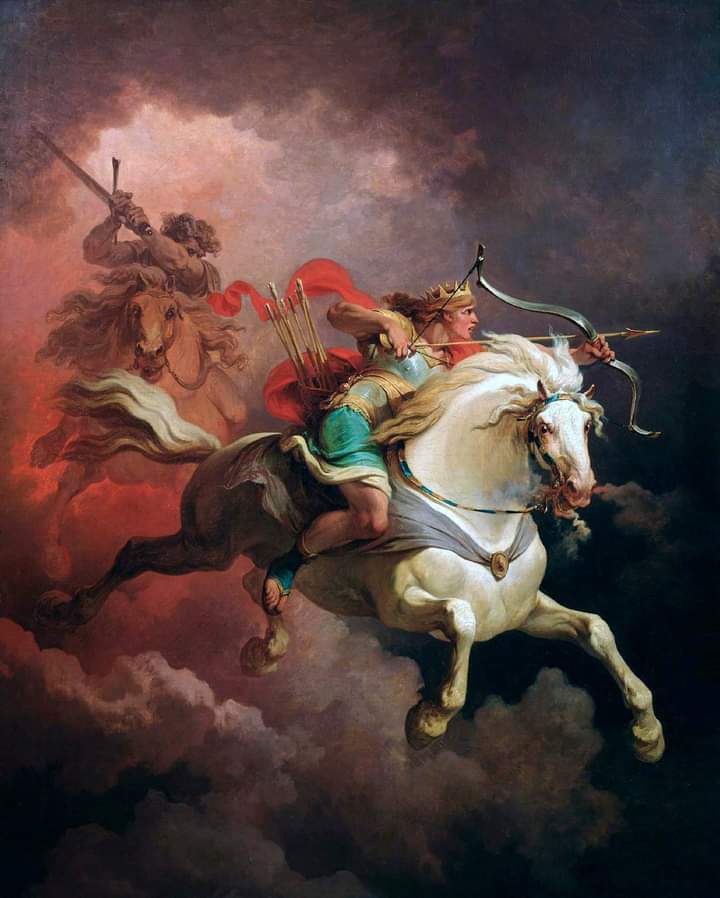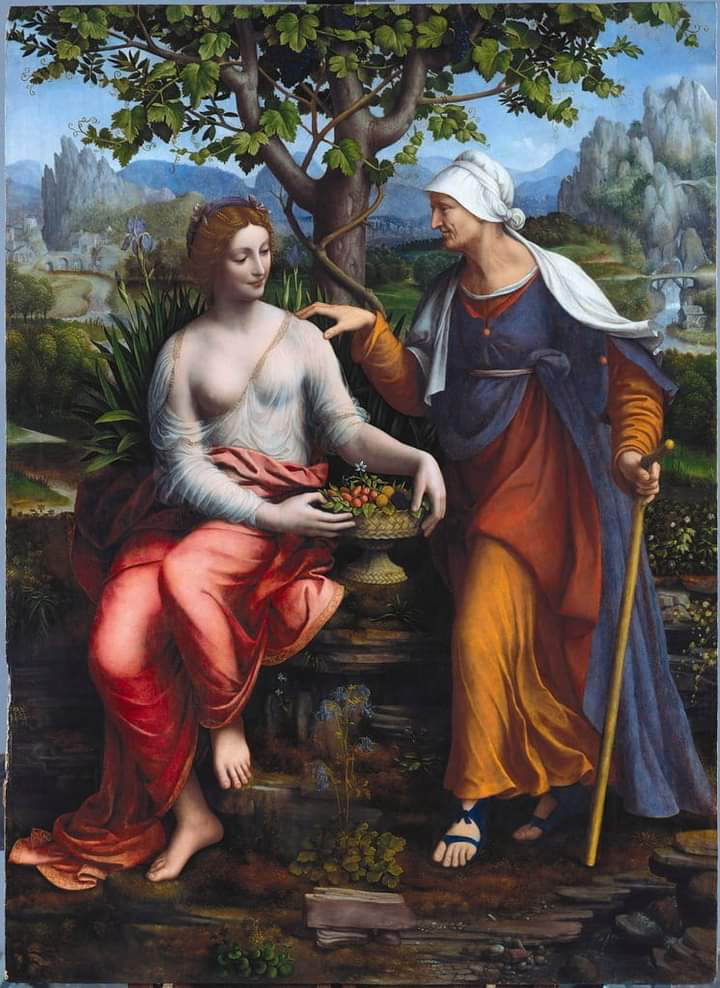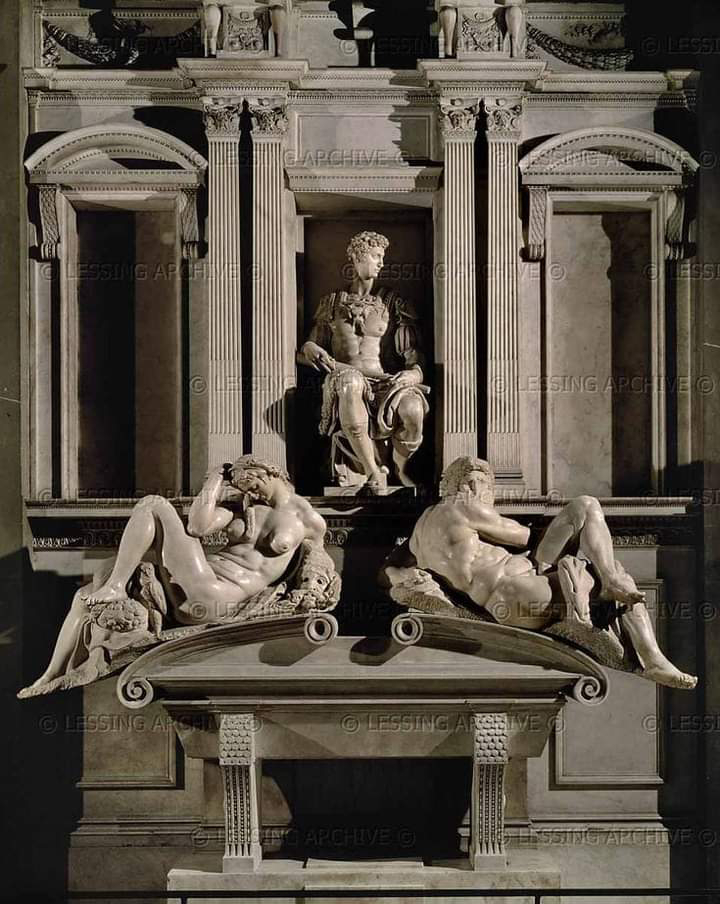Medusa

**Medusa** The name Medusa most likely comes from the ancient Greek word meaning "guardian." She is one of the three sisters known as the Gorgons, daughters of the sea deities Phorcys and Ceto, and sisters to the Graeae. All of Medusa's sisters were born as monsters, except for her, but unfortunately, she became the ugliest among them. Since then, like her Gorgon sisters, Euryale and Stheno, Medusa has been depicted as a creature with bronze hands and golden wings. Poets claimed she had large tusks like a boar's and a tongue hanging between her sharp teeth, with twisted snakes filling her head instead of hair. Her face was hideous, and her gaze was so piercing that a single look could turn any man to stone. However, it wasn't always this way. Medusa was the only mortal among her Gorgon sisters and was distinguished by her beautiful face. The poet Ovid praised her hair in particular, saying it was "the most wonderful of all her charms." It seems that th...











